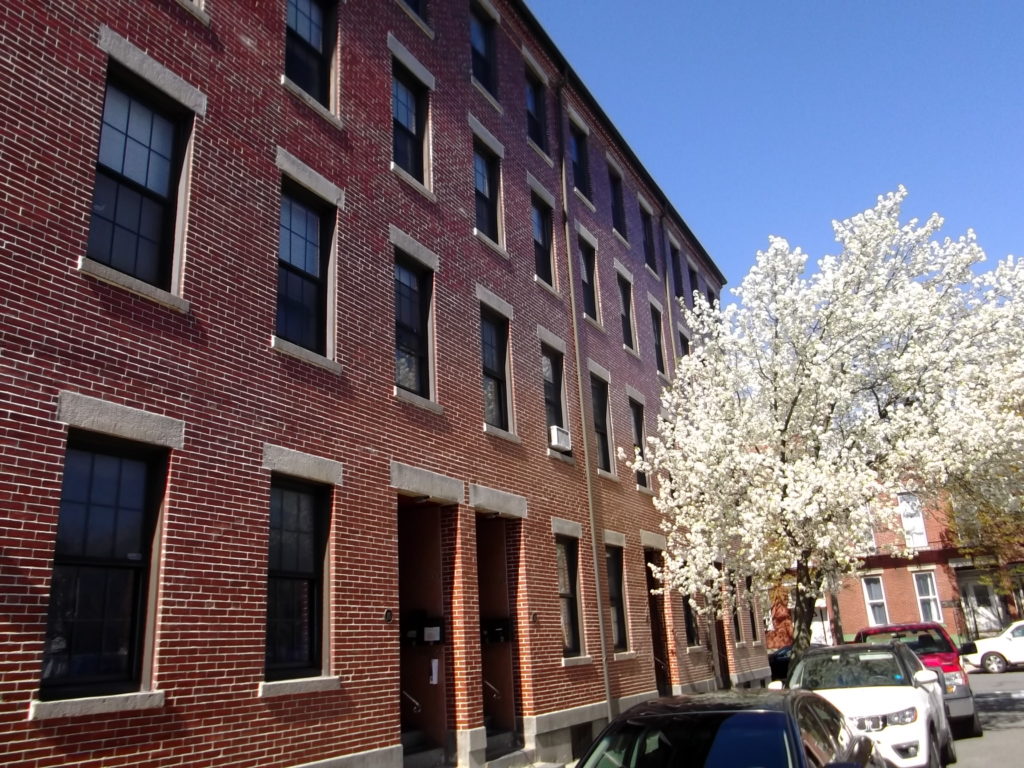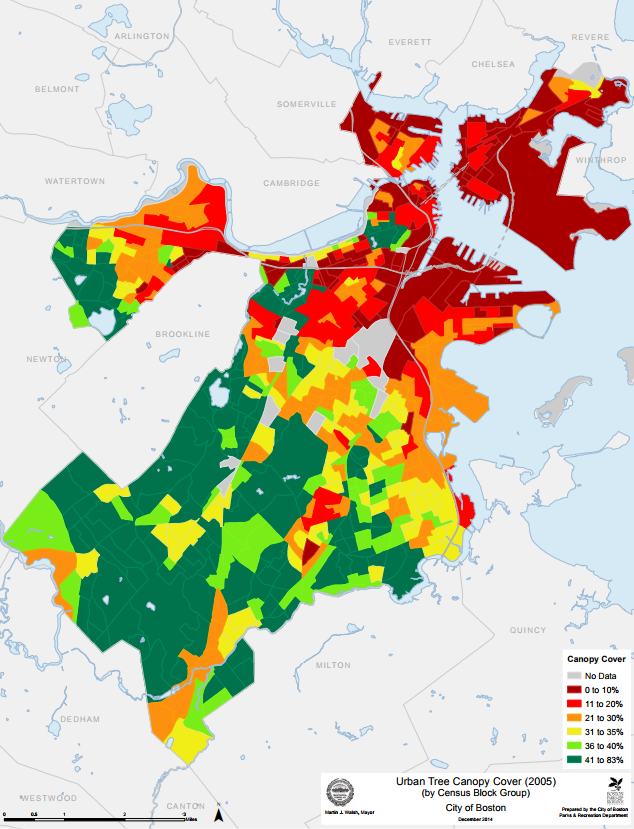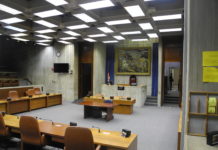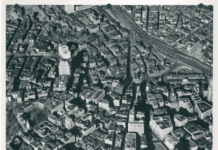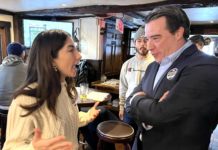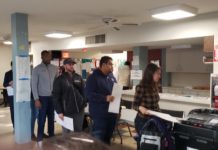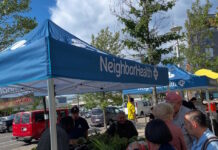Creating equity through trees
By ELENA EBERWEIN
SPECIAL TO EASTBOSTON.COM
Some of the city’s neighborhoods, like East Boston, need more trees according to Boston Parks and Recreation and other organizations. And after several studies, East Boston may be getting more of them thanks to a renewed emphasis on expanding the city’s tree canopy, which supporters say will improve public health and provide other benefits.
“We want to grow an equitable forest,” says Maggie Owens of Boston Parks and Recreation. The city department responsible for taking care of trees in public spaces has an urban forest plan to expand tree canopy or leafy green coverage in a city.
The first canopy analysis in the city was in 2014, followed by another analysis in 2018. During this time, the average canopy coverage in the city remained the same at 27 percent, but the canopy distribution was uneven. In Jamaica Plain, the canopy coverage was approximately 45 percent, while in East Boston it was only eight percent. The analysis also found that there was less canopy coverage in neighborhoods with fewer native English speakers and less coverage in historically redlined communities.
The Urban Forest Plan will increase canopy coverage in Boston while prioritizing historically underserved areas and environmental justice populations. At an open house on March 14, the Boston Parks and Recreation announced its recommendations to increase tree canopy coverage based on the earlier analyses.
As an environmental justice community, East Boston qualifies for more tree plantings. An environmental justice community is defined by factors such as median income, English language proficiency, and the percentage of the community made up by minorities.
Moreover, the city will help preserve public health through an expanded tree canopy by lowering the temperature and increasing air quality. Trees also help in preventing flooding and offer a home to local wildlife.
Speak for the Trees is an organization in Boston dedicated to increasing the size and health of Boston’s urban canopy. According to the Forest Adaptation website, its goal is to increase canopy coverage from 27 percent to 35 percent by the year 2030. They primarily focus on reforestation in under-served areas and organize tree giveaways for individuals to plant on private property.
The Urban Forest Plan analysis found that 60 percent of the canopy coverage is situated on private land. While Boston Parks and Recreation has more authority over the care of trees on public land, Liza Meyer from Boston Parks and Recreation said, “The Urban Forest is the responsibility of everyone across the city.”

As cities across the country expand tree programs, it is important to do it right. One case study in Detroit highlighted why community members may be hesitant about trees being planted on their properties. The study, conducted by Dr. Christine Carmichael of Fair Forests, explored the reasons residents in Detroit were declining city offers to plant trees on their properties. She found that many residents were worried about having to take on the responsibility for caring for the trees. They also said that during the project planning, residents’ concerns were not heard.
During the open house meeting, Meyer said that one of the Urban Forest Plan’s top goals is for this to be a community-driven process. The Urban Forest Plan team is committed to putting equity first, proactively preserving and caring for trees, and making sure trees are valued and prioritized in the city.
Some other challenges presented in planning include potential effects of climate change like storms, temperature swings, drought, flooding, and new disease. By diversifying the forest, it will help make the trees more resilient to climate change, said Owens.
When deciding which trees to plant, the planning team considers trees that will fare better in warmer climates. Trees that make it through the first few years are key, as diversity in tree age is important to growing canopy coverage.
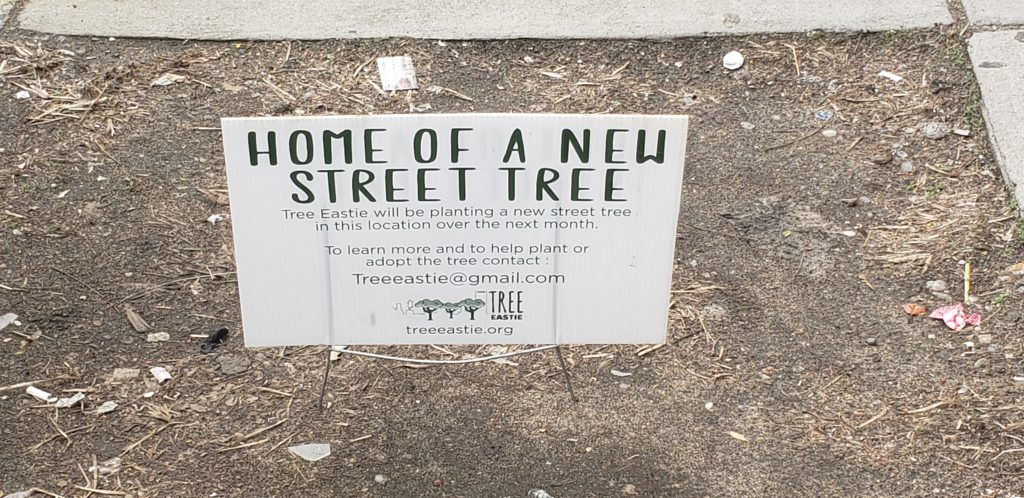
There are still opportunities to get involved, said Reverend Mariama White-Hammond, Chief of Environment, Energy, and Open Space for the City of Boston. She said the first part of this report is making sure to get the word out.
Once trees are planted, they require the care of professionals, as well as the community, to foster growth over time. Neighborhood groups like Tree Eastie are critical to the effort. Tree Eastie sponsors urban wild clean-ups, helps citizens submit 3-1-1 requests, or find ways to keep dogs away from trees. Dog urine eats away at tree trunks.
“If you can touch a tree, you can help a tree or hurt a tree,” said Owens.
In FY2021, then Mayor Marty Walsh budgeted $500,000 for the Urban Forest Plan which called for the planting of 1,000 trees.
Once feedback from the community is collected, a final plan is expected to be drafted and released late this spring.
The full meeting can be viewed here.
Elena Eberwein is a graduate student at Emerson College and an East Boston resident. She tweets @elena_eberwein
